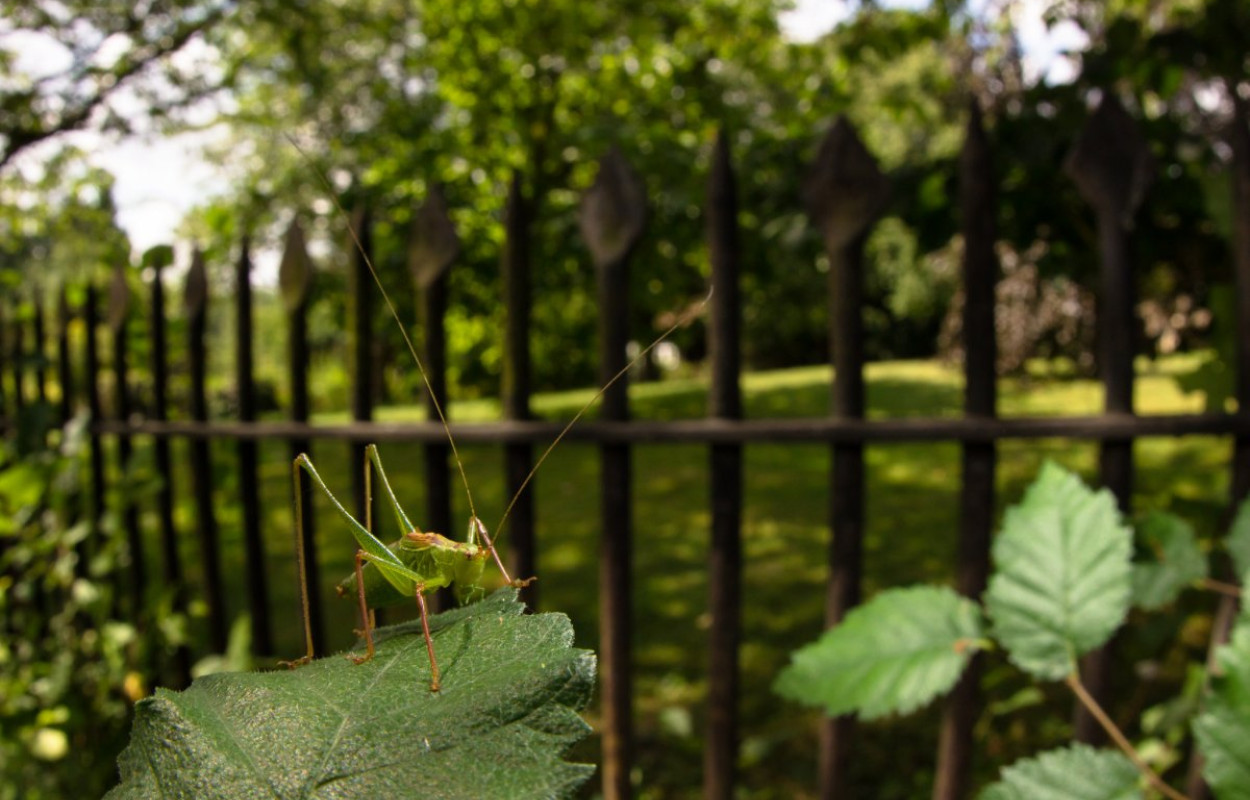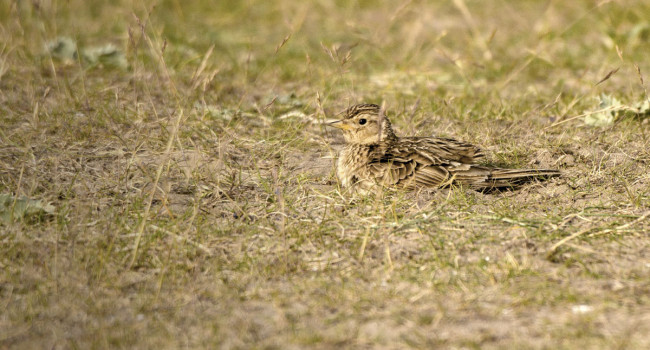Potential for coupling the monitoring of bush-crickets with established large-scale acoustic monitoring of bats

Author(s): Newson, S. E., Bas, Y., Murray, A. & Gillings, S.
Published: January 2017
Journal: Methods in Ecology and Evolution Volume: 8
Digital Identifier No. (DOI): 10.1111/2041-210X.12720
Advances in autonomous recording devices are transforming our understanding of bats, but the large-scale deployment of such devices has the potential to improve our understanding of other species groups that produce loud and characteristic sounds too.
The original objective of BTO's Norfolk Bat Survey, led by Stuart Newson, was to trial the recording of bat activity using passive real-time detectors, to gauge the willingness of members of the public to engage in bat monitoring at a large scale, and to determine the suitability of automated identification routines for processing large volumes of citizen-science collected bat recordings. However, it soon became clear that bush-crickets were also being recorded in large numbers.
Working with the Museum of Natural History in Paris and Natural England, BTO staff developed a computer algorithm to identify the sounds made by different species of bush-crickets. After carefully validating these state-of-the-art methods using field recordings in Norfolk, the daily activity patterns of different species of bush-cricket was examined to determine where different species live. The Speckled Bush-cricket, for example, would normally be easy to overlook because it occurs in vegetation and stridulates at a frequency too high for humans to hear.
With over 260,000 recordings of this species collected through the Norfolk Bat Survey, this study found this species to be common and widespread, with a distribution that extends into the city of Norwich. At the other extreme, Great Green Bush-cricket, previously known from only a few locations in Norfolk, was recorded at two locations, of which one was a new site for this species.
This research demonstrates the huge potential to take advantage of established large-scale bat monitoring to also collect high-quality monitoring data for bush-crickets. It is likely that large volumes of information on bush-crickets are already being collected incidentally by bat workers using static detectors, but this information is at best noticed and ignored.
This work also marks an important step towards the development of automated sensor networks, which are likely to play growing role in the future biodiversity surveying, and the whole approach enables members of the public to become actively engaged in wildlife monitoring, with important conservation implications.
Notes
The analyses was largely based on data collected through the Norfolk Bat Survey (www.batsurvey.org) which is led by BTO in partnership with NBIS, National Trust (Sheringham Park), Wildfowl and Wetlands Trust (Welney Wetland Centre), Wheatfen (Ted Ellis reserve), Sculthorpe Moor (Hawk & Owl Trust), Broads Authority (How Hill), RSPB (Titchwell) and Norfolk Libraries and Information Service (Aylsham, Hethersett, Caister, Attleborough, Watton, Swaffham, Dereham, Downham Market, Gaywood, Long Stratton and Wells libraries), Dinosaur Adventure (Lenwade), Brandon Country Park, The River Waveney Trust (River Waveney Study Centre at Earsham), Suffolk Bat Group, the Pennoyer Centre, the Breckland Society, and the Little Ouse Headwaters Project.This work was funded through a BTO Research Fellowship awarded to Dr Stuart Newson and made possible through a legacy gift from Maxwell Hoggett. The work at Dersingham Bog was funded by Natural England through the Natural England Innovation Fund.








Share this page